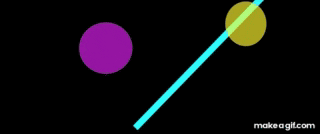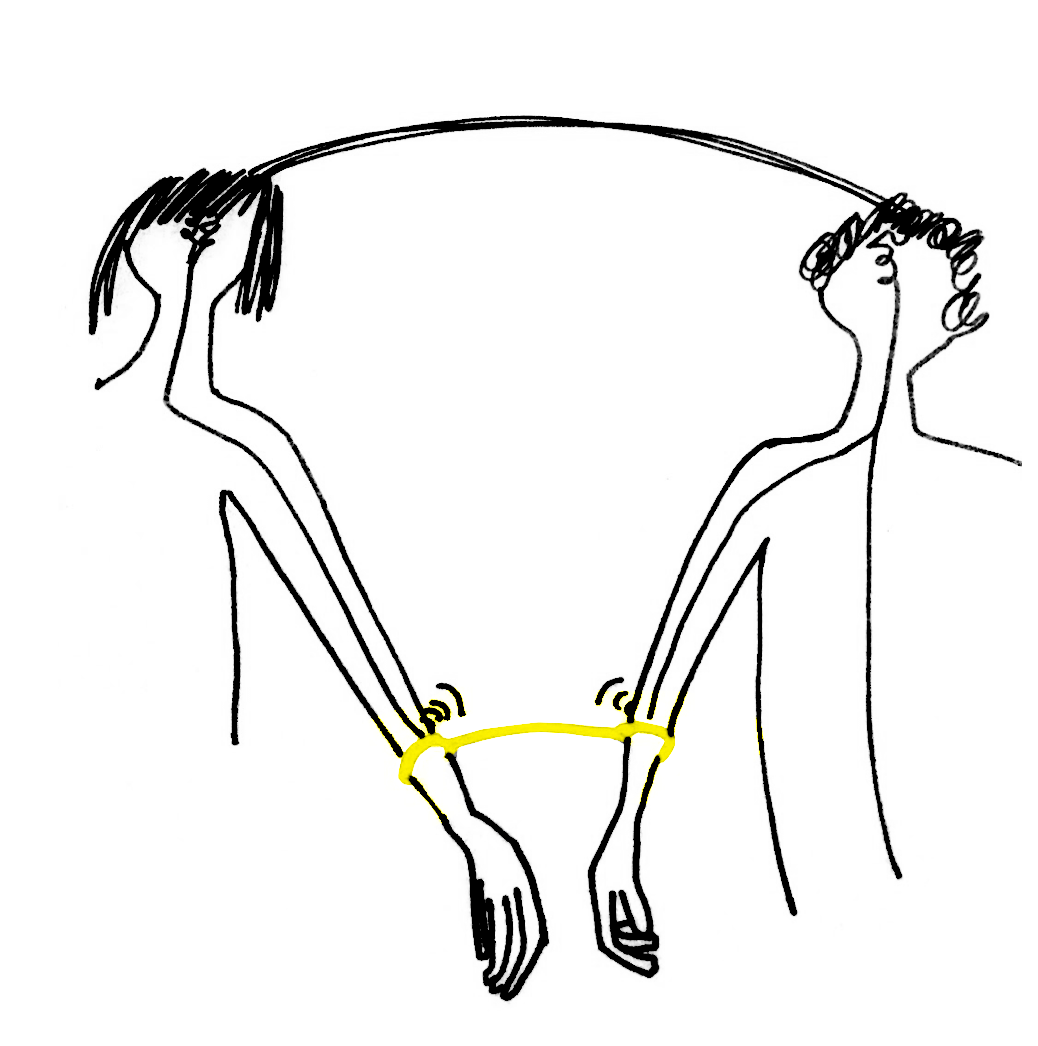








Human Instinkz
Design Research, 2018—ongoing
Sensory Methods of Group Connection
Initially interested in the greater meaning of what it means to be an organic human being living in an industrial time, the investigations began in a team of three by observing how the group dynamic changed while moving from a windowless workspace to Washington Square Park. Walking around the neighborhood led to communication and creativity flow more smoothly. A seemingly simple concept, Human Instinkz was founded, a small transdisciplinary research initiative with the hopes of improving team meetings for other humans across the globe.
The research methods are non-traditional, innovative, and oriented towards the human work meeting experience. Leveraging the nonconscious by tweaking the team’s sensory environment in ways that foster connection. The aim is to better understand how to better utilize the unique sensory abilities of human individuals and groups to improve overall connection. Human Instinkz believes that the broader implications of the research would challenge the notion “normal” of team meetings to ones that consider each member’s sensory experience not as a minor detail, but as an affordance for more humanness to the workplace and more meaningful connections among the people that work there.
“If we want to change our thinking, we have to change our tools.”
—Allan WexlerTheoretical context
As digital technology has become more crucial to collaboration in the workplace, feelings of disconnection have also become more prevalent. Perhaps this was to be expected, as one of the leading theorists of distributed cognition, Edwin Hutchins, claims “the computer was made in the image of the formal manipulations of abstract symbols. And the last 30 years of cognitive science can be seen as attempts to remake the person in the image of the computer”. Today, the intelligent systems one uses are not so many extensions of human intelligence, but rather systems “from which the human actor has been removed.”
Complicating a study of how current technology shapes one, is the fact that our tools, when in use, often disappear from view. Take the example of Heidegger’s hammer: while engaged in the act of trouble-free hammering, the skilled carpenter is not conscious of the hammer. The hammer becomes phenomenologically transparent. In other words, one behaviors are the results of non-conscious processes of sensory pattern analysis. Given the difficulties of studying these processes, research that incorporates nonconscious processes into their core arguments remains relatively scant, despite longstanding interest in organizational psychology and organizational behavior. Taking on this challenge through the lens of design, and taking seriously designer Allan Wexler’s call to action that “we have to change our tools to change our thinking” this research emerged.
Additionally, to rely on Neuroscientist Antonio Damasio claim that, at the core of the consciousness of a human actor, is a system of feelings, rather than abstract computations, which help one learn and act in the world. This system of feelings, or internal experiences, is formed from learned relationship with external sensory cues. Therefore, this project strives to focus on the sensory engagements of the techno-socio-political dynamics of a meeting, considering an expanded notion of our sensory experiences, including the position of our bodies, the color of the walls, and the height of the desks, with an eye towards how they might be shifted in subtle ways to allow for vitality, presence, and connectedness to emerge.
Questions
- How might we design environments that shift our senses, feelings, attention to feel more connected with others?
- Are there ways to engage the body to allow for a more connected experience through the virtual?
New framework
- Shared tools — grounding abstract thoughts through tangible tools
- Shared emotions — grounding abstract connection through emotional sharing
- Shared sensory space — sharing nonconscious spatial, auditory, sensory elements of connection
Design concepts
- Idea 1 — Create shared soundscape
- Idea 2 — Mirror virtual dance party
- Idea 3 — Co-create imagined shared space
Credits
A collaboration with Daye Hwang and Megan Leigh Willy.
Special thanks to Nicole Anand, Julia Keseru, to everyone involved at The Engine Room, to the Art, Media & Technology administrative staff and to John Bruce at The New School.